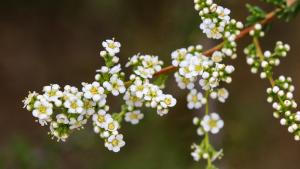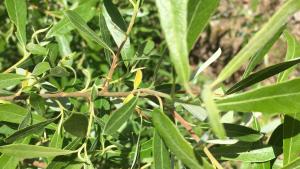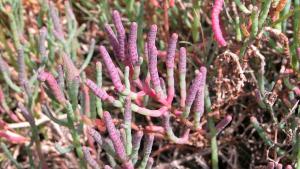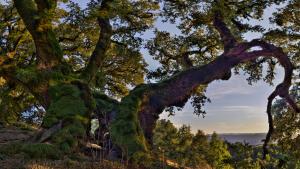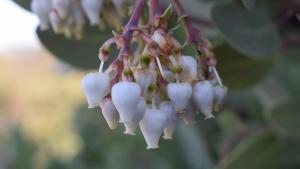Plant Species Spotlight
Midpen is home to a great variety of plant communities and biomes. Get an in-depth look into some of the most iconic and unique plant species that can be found in Midpen preserves and learn more about their habitat and defining features.
Image

Removing invasive plants and weeds is a large part of the restoration work that takes place in our preserves. This can be challenging, since some invasive species look similar to California natives.
Rare Plants
Some of the more rare plants found on open space preserves are listed below. Note that these plants are not officially listed as "endangered" or "threatened" under either state or federal laws, but they are recognized as rare by the California Native Plant Society.
- Kings Mountain manzanita (Arctostaphylos regismontana): This shrub blooms in March and April.
- Western leatherwood (Dirca occidentalis): A small tree that blooms in February.
- Choris' popcorn flower (Plagiobothrys chorisianus var. chorisianus): This wildflower blooms from April and June.
- Santa Clara redribbons (Clarkia concinna ssp. Automixa): Another wildflower that blooms from April through July


